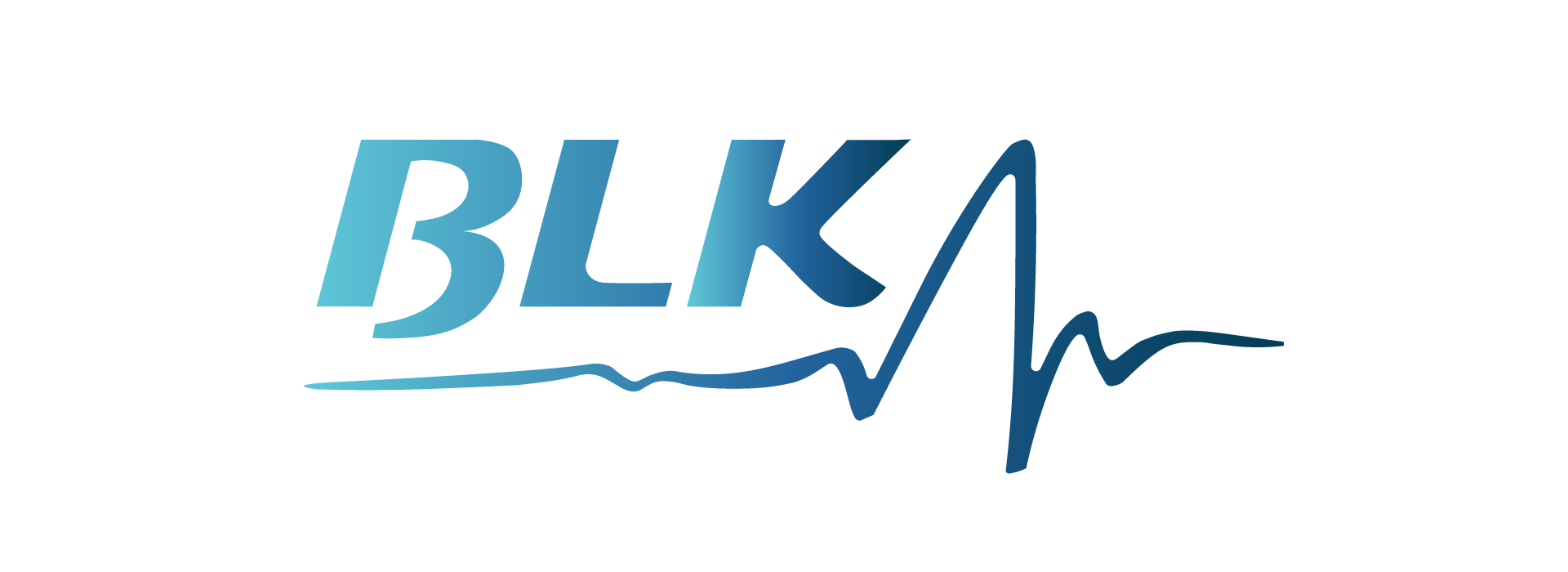Maintaining a healthy work-life balance is crucial for ensuring overall well-being. It affects not only your physical health but also your mental and emotional state. In today’s fast-paced world, finding the right balance between work and personal life can be challenging.
Understanding Work-Life Balance
Work-life balance refers to the equilibrium between professional responsibilities and personal activities. It is about creating a harmonious balance where neither work nor personal life is neglected.
A common misconception is that work-life balance means spending equal time on work and personal activities, but it’s more about feeling content and less stressed in both areas.
The Consequences of Poor Work-Life Balance
Neglecting work-life balance can lead to several negative outcomes:
- Physical Health Issues: Chronic stress from overworking can result in health problems like hypertension, heart disease, and fatigue.
- Mental Health Implications: Anxiety, depression, and burnout are common among those who struggle to maintain a balance.
- Impact on Relationships: Overworking can strain relationships with family and friends, leading to isolation and dissatisfaction.
Assessing Your Current Work-Life Balance
Start by evaluating your current situation. Ask yourself:
- Do I often feel overwhelmed by my workload?
- Am I spending enough time with my loved ones?
- Do I have time for hobbies and self-care?
Identifying these areas will help you understand where you need to make changes.
Setting Boundaries Between Work and Personal Life
Establishing clear boundaries is essential for maintaining a balance. Here are some tips:
- Set specific work hours and stick to them.
- Create a dedicated workspace to separate work from home life.
- Communicate your boundaries to colleagues and family.
Effective Time Management Strategies
Good time management is crucial. Prioritize your tasks using methods like:
- Eisenhower Box: Classify tasks by urgency and importance.
- Pomodoro Technique: Break work into intervals, traditionally 25 minutes in length, separated by short breaks.
- Digital tools: Use apps like Trello, Asana, or Google Calendar to organize tasks.
The Role of Employers in Promoting Work-Life Balance
Employers play a vital role in fostering a healthy work-life balance. They can:
- Implement flexible working hours or remote work policies.
- Encourage regular breaks and time off.
- Create a supportive and understanding work culture.
The Benefits of Flexible Working Arrangements
Flexible working arrangements, such as telecommuting, flextime, and compressed workweeks, offer numerous benefits:
- Increased productivity: Employees can work during their most productive hours.
- Reduced commute stress: Saves time and reduces stress from commuting.
- Better work-life integration: Employees can manage personal responsibilities more effectively.
Self-Care and Its Importance
Self-care involves activities that improve your health and well-being. Incorporate self-care by:
- Setting aside “me time”: Dedicate time each day for activities you enjoy.
- Practicing mindfulness: Engage in meditation or yoga to reduce stress.
Staying Connected with Loved Ones
Social connections are crucial for mental health. Ensure you:
- Schedule regular family time: Prioritize meals, outings, or game nights.
- Stay in touch: Use technology to connect with distant friends and family.
Engaging in Hobbies and Leisure Activities
Pursuing hobbies can enhance your well-being. Consider:
- Finding a hobby: Choose activities that interest you, like gardening, reading, or painting.
- Making time for leisure: Schedule these activities just as you would work tasks.
Recognizing and Reducing Stress
Identify stress signs like headaches, irritability, or difficulty concentrating. Reduce stress by:
- Practicing relaxation techniques: Deep breathing, meditation, and progressive muscle relaxation.
- Taking breaks: Step away from work regularly to rest and recharge.
Maintaining Physical Health
Physical activity is crucial for health. Incorporate exercise by:
- Scheduling workouts: Make exercise a regular part of your routine.
- Finding enjoyable activities: Choose activities like dancing, swimming, or hiking.
Mental Health and Mindfulness Practices
Mindfulness can improve mental health. Practice mindfulness by:
- Meditating regularly: Even a few minutes a day can make a difference.
- Mindful breathing: Focus on your breath to stay present and reduce anxiety.
Creating a Support System
A strong support system is invaluable. Build and maintain yours by:
- Connecting with supportive people: Surround yourself with friends and family who understand and support you.
- Seeking professional help: If needed, don’t hesitate to consult a therapist or seek medical assistance.
Adapting to Changes in Work-Life Balance
Life changes such as a new job or a family addition require adjustments. Adapt by:
- Reevaluating your balance: Regularly assess your work-life balance and make necessary adjustments.
- Being flexible: Be open to changing routines and strategies to maintain balance.
Achieving a healthy work-life balance is a continuous process that requires commitment and regular assessment. By setting boundaries, managing your time effectively, and prioritizing self-care, you can improve your well-being and lead a more fulfilling life. Remember, it’s about creating harmony between work and personal life, not about splitting your time equally.
FAQs
What are some quick tips for improving work-life balance?
Set clear boundaries, prioritize tasks, and make time for self-care and leisure activities.
Are there any apps that can help manage work-life balance?
Yes, apps like Trello, Asana, and Google Calendar can help you organize tasks and manage your time effectively.
Can improving work-life balance improve productivity?
Yes, a balanced life reduces stress and burnout, leading to increased focus and productivity.




